Results 2,261 to 2,270 of 12096
Thread: Anandtech News
-
09-24-12, 06:31 AM #2261
Anandtech: Samsung Releases TLC NAND Based 840 SSD
On top of Samsung's release of the 840 Pro SSD today, Samsung is also releasing a more mainstream orientated 840 SSD. It's based around the same Samsung MDX controller as the Pro series, but uses 3-bit-per-cell (TLC) NAND instead of 2-bit-per-cell (MLC) NAND found in the 840 Pro. The 840 Pro also has a firmware which is tuned for heavier workloads consisting of more writes and random IOs, whereas the 840 is designed more towards read centric (i.e. consumer) workloads.
Samsung is actually the first manufacturer to publicly release a TLC NAND based SSD, so we will have very interesting time testing it. Remember, adding more bits per cell reduces endurance and also increases program, erase and read latencies. In the Q&A session, Samsung couldn't tell us any exact P/E cycle numbers, but they claimed that the 840 has higher endurance than many competitors MLC based SSDs. Obviously they didn't have any concrete proofs to support that, but we hope to be able to test this as soon as possible. As for the performance, Samsung again wouldn't tell us any raw latency numbers, but they said their TLC NAND is roughly 50% slower than their MLC NAND. For a more in-depth look at the architectural differences between MLC and TLC, refer to our Understanding TLC NAND article.Samsung SSD 840 Pro vs 840 vs 830   Samsung SSD 830 (256,512GB) Samsung SSD 840 (500GB) Samsung SSD 840 Pro (256,512GB) Controller Samsung MCX Samsung MDX Samsung MDX NAND 27nm Toggle-Mode 1.1 MLC 21nm Toggle-Mode 2.0 MLC 21nm Toggle-Mode TLC Sequential Read 520MB/s 540MB/s 540MB/s Sequential Write 400MB/s 330MB/s 450MB/s Random Read 80K IOPS 98K IOPS 100K IOPS Random Write 36K IOPS 70K IOPS 78K IOPS
The regular 840 SSD will be available in capacities of 120GB, 250GB and 500GB. The increased amount of over-provisioning makes sense given the use of TLC NAND because there will be more space for wear-leveling and other algorithms to boost the endurance of TLC NAND. The 840 will be available as a bare drive or with a notebook kit, which adds $20 to the prices in the table. Both, the 840 and 840 Pro will be available on October 15th.Samsung SSD 840 Series Pricing   64GB 128GB 256GB 512GB Samsung SSD 840 N/A $109.99 (120GB) $199.99 (250GB) $449.99 (500GB) Samsung SSD 840 Pro $99.99 $149.99 $269.99 $599.99
Samsung only provided 256GB 840 Pro SSDs for reviews, so unfortunately we haven't been able to test the 840 yet. However, I should get our review sample later today and hopefully some other capacities of the 840 Pro as well. 

More...
-
09-25-12, 11:30 PM #2262
Anandtech: Lenovo IdeaCentre A7 All-in-One Review: Starting to Get The Balance Right
As we mentioned in our recent review of Dell's enterprise-class all-in-one, the OptiPlex 9010 All-in-One, balancing the needs of an all-in-one system and making it feel like a solid alternative to a conventional desktop is a difficult process. By potentially grafting an entire computer to the back of a display, you immediately reduce the thermal headroom of the hardware by a substantial degree. You're also dealing essentially with most of the trappings of a notebook in a much, much bigger body.
On hand today is Lenovo's consumer-grade IdeaCentre A7 all-in-one, and it's a surprisingly solid offering in a product category that seems to be continually struggling to find its true niche and identity. When you buy an Apple iMac, it's because that's the only desktop Mac in that price class, but an all-in-one PC must contend with discrete desktops in its category and offer a reasonable value proposition. Did Lenovo produce a solid offering, or are they offering an answer for a question nobody asked?

More...
-
09-26-12, 02:00 PM #2263
Anandtech: AMD’s Enduro 5.5 Public Beta Driver Available
About three weeks ago, I met with AMD to go over some concerns with their Enduro graphics switching technology. At the time, AMD gave me a preview release of their Mobility Catalyst driver and promised a public beta by the end of October. We’re over a month ahead of that schedule, and today I received an email from AMD indicating the Catalyst 12.9 Beta for laptops is officially available.
I’m still working on the final review of the Clevo P170EM with 7970M from AVADirect, but in the meantime I’ve updated to the 12.9 Beta and everything appears to have gone smoothly. One thing to be aware of is that the current beta may not fix the GPU underutilization issue, particularly with HD 7970M, but AMD is working on a hotfix. They expect that to be released to the public in the next week or two, and they’re offering us a chance to do some early testing of the driver so we’ll be putting it through some tests over the next couple of days.
For all of you that have Enduro/PowerXpress 4.0 or later laptops and have been waiting for a driver update, head on over to AMD’s site and grab the latest beta. If you give it a shot and have a minute, post your comments on how the new drivers work (or don’t?) on your laptop. We’d love to get a collection of testing results from a wider variety of hardware than what we currently have on hand.

More...
-
09-26-12, 11:30 PM #2264
Anandtech: AMD A10-5800K & A8-5600K Review: Trinity on the Desktop, Part 1
After years of waiting, AMD finally unveiled its Llano APU platform fifteen months ago. The APU promise was a new world where CPUs and GPUs would live in harmony on a single, monolithic die. Delivering the best of two very different computing architectures would hopefully pave the way for a completely new class of applications. That future is still distant, but today we're at least at the point where you can pretty much take for granted that if you buy a modern CPU it's going to ship with a GPU attached to it.
Four months ago AMD took the wraps off of its new Trinity APU: a 32nm SoC with up to four Piledriver cores and a Cayman based GPU. Given AMD's new mobile-first focus, Trinity launched as a notebook platform. The desktop PC market is far from dead, just deprioritized. Today we have the first half of the Trinity desktop launch. Widespread APU availability won't be until next month, but AMD gave us the green light to begin sharing some details including GPU performance starting today.
Read on for part 1 of our desktrop Trinity review!
More...
-
09-26-12, 11:30 PM #2265
Anandtech: The iPhone 5 Display: Thoroughly Analyzed
When Apple rolled out the iPhone 5, they announced that it had a full sRGB gamut, which the new iPad almost achieves and would be a substantial improvement over the 4 and 4S displays.  The slight increase in screen resolution and size means we are looking at a new panel than the previous generations used as well, with the new panel being speced at 800:1 contrast ratio and 500 nits of brightness.  I don’t have a 4S to test, but used my iPhone 4 that was bought on launch day and has been in use since then for comparison.  Numbers were run using CalMAN 5 software, and an SpectraCal C6 colorimeter that was profiled from an i1Pro spectrometer.  All readings are the average of 3 measurements from the C6, except for very dark readings where 10 measurements were taken for more accuracy.
For comparing the minimum black and white levels in the iPhone 4 and 5, I set the brightness to the minimum level where I could get a reading from a black screen.  At the minimum value I couldn’t get any reading, which indicates that it’s below the 0.001 that the C6 is capable of reading at.  Both phones had a minimum black level reading of 0.006 nits, but the iPhone 4 had a white level of 5.669 nits compared to the iPhone 5 and its reading of 8.303 nits.  This gives us contrast ratios of 1,008 for the iPhone 4 and 1,313 for the iPhone 5.  Both are ahead of the specified numbers, but the iPhone 5 is clearly better here.
At maximum brightness, the iPhone 4 has a maximum white output of 390 nits, and the iPhone 5 clearly trumps that with 562 nits.  The backlight of the iPhone 4 could be slightly dimmer over time, but using LEDs it really should not have faded much.  Black levels for the phones were 0.355 for the iPhone 4 and 0.412 for the iPhone 5.  This gives us contrast ratios of 1,097 for the iPhone 4 and 1,364 for the iPhone 5.  Clearly contrast levels have been improved here, despite the move to a larger screen which sometimes can affect them.
Looking at the grayscale, the iPhone 4 puts out an average dE2000 of almost 10 across the spectrum.  The grayscale has a very noticeable blue shift that can be seen in the numbers, and a CCT that is close to 10000K and not the 6500K that is the sRGB standard.  The gamma also shows a clear spike at the bottom when we target the sRGB gamma curve.  If we target a gamma of 2.2 that spike goes away, as the sRGB gamma is linear at the bottom end.  Overall the grayscale of the iPhone 4 would be rated as very poor if it was a desktop display or a television.
Looking at the iPhone 5, we see a totally different story.  There is still a lack of red in the grayscale, but it’s much lower and the average dE2000 is a very respectable 3.1 across the spectrum.  The gamma is again targeting 2.2 instead of sRGB which you can notice at the bottom end, but other than a couple outlier numbers at 30 and 35% stimulus, we have a grayscale that is almost entirely below the visible error line on the chart.
If I change the Gamma target to 2.2 from sRGB, you can see that the line is much flatter across the spectrum and that bump at 5% is eliminated.  Since Apple uses 2.2 as the default target gamma on their computers and not the sRGB standard, I'm not too surprised to see that their phone would also target 2.2 as well.
sRGB Gamma Target2.2 Gamma TargetOverall the grayscale performance of the iPhone 5 is outstanding, and a world ahead of the iPhone 4 in performance.
Moving onto the color gamut, on the iPhone 4 using the CIE 1976 uv chart, we see that we clearly lack full saturation in Red, Green, and Blue in the color gamut, which leads to the secondaries also being under-saturated.  Out dE2000 numbers are low for green and red, but blue is over 20 and pushes our average dE2000 over 11.  This gives us errors that are clearly visible in normal use and means that many colors that fall inside of the sRGB gamut will not be rendered correctly as we can’t display the full area.
In contrast to this, the iPhone 5 covers almost the entire gamut.  Red, Green, and Blue all have dE2000 values of 2.6 or less, and the average dE2000 value is 2.2, for a fantastic result.  Unlike the charts for the iPhone 4 where not all of the data was visible, here we just see very small errors across the spectrum, with no individual dE component being higher than 8.
This improvement is very easy to notice on the iPhone 5 even without running numbers.  Colors like the yellow in the eBay app icon are much more vivid and saturated than before, and blues have far more shades available than previously.  The entire sRGB gamut is now available on the iPhone 5 and the result is outstanding.
Measuring how the phone handles saturations is another important step.  While we know the iPhone 5 can reach the full saturations for each color, how well can it render those saturations that are less than 100%?  Looking at the iPhone 4 quickly, we see that with its under-saturated gamut, we have very high dE2000 numbers across the board.  Even lower saturations are way off the target and have high numbers.  In the end this is better than those being accurate, as then anything beyond what the iPhone could display would be rendered identically so 60% blue and 100% blue would look the same, instead of both having errors that make them distinct to the eye.  Of course this doesn’t excuse having an error over 10 across the whole spectrum, but that’s the choice that was made with the screens at the time.
Now looking at the iPhone 5, our numbers are even better than on the straight gamut charts.  The average dE2000 drops below 2, and no single reading extends beyond 3 except for white.  Across the whole spectrum of colors in the iPhone 5 you can expect accurate, well saturated colors that will look as accurate as they would on a reasonably calibrated desktop IPS display.  I would be quite happy if desktop monitors and TVs were shipped this accurate.
Finally I now have the ability to run the Gretag Macbeth color checker chart on a phone to see how well they perform with non-primary and secondary colors.  Since the iPhone 4 has such an under-saturated gamut, we would expect it to have a large error on the Gretag Macbeth chart and we are correct.  The average dE2000 is over 8, and many of the numbers are off the charts.  The only color without a visible error (below the yellow line) is black, and that really would be awful if black had a visible error.  Overall the performance here is pretty mediocre, though somewhat in line with computer monitors as they are shipped the consumers.
With the iPhone 5, we see an average dE2000 of only 2.09, which would make it the best LCD monitor I would have reviewed at AnandTech to this point.  Only a couple shades of orange creep above the green error line, and nothing moves above the yellow line that would make it clearly visible to a user.  Every color point at least comes close to hitting its target, and there are no errors that are excessive or you will notice in even critical use.
Wrapping up, the iPhone 5 display is a whole quantum leap better than the display on the iPhone 4.  Contrast levels and light output have both been increased, and color performance is astonishing.  The full sRGB gamut is present here, and color errors are remarkably low for a even a high end desktop display.  While many were hoping for a move to OLED or some other screen innovation, this really is a huge step up that is very easy to quantify.  To put this in perspective, in the past few years I've reviewed probably 30-40 different displays, from PC monitors, to TVs to projectors.  Not a single one, out of the box, can put up the Gretag Macbeth dE numbers that the iPhone can, and perhaps one projector (which listed for $20,000) can approach the grayscale and color accuracy out of the box.
Apple obviously has very high control over what parts they use and what comes off their assembly lines.  I don't know if they are having the displays individually adjusted after they are assembled, or if the quality control is very strict, or if I just got a really remarkably lucky sample.  I do know that if TV and PC Monitor vendors were able to provide displays that looked like this out of the box, professional calibrators would lose a good amount of business potentially. The new panel in the iPhone 5 is simply remarkable in quality and if it were a PC monitor, I'd give it a Gold Award on the basis of it's performance..

More...
-
09-27-12, 05:30 AM #2266
Anandtech: Samsung SSD 840: Preliminary Benchmarks
I just got back from Seoul last night where Samsung held their SSD Global Summit for the first time. As a souvenir, Samsung gave us all an 840 SSD because they were only able to ship 840 Pros for the initial reviews. While I haven't had time to run the 840 through all of our tests yet, I just finished running our Storage Suites and thought I would give you a quick teaser on its performance:
The 840 is very close to the 840 Pro in terms of read performance but since our Heavy suite consists of lots of writes, the 840 can't challenge the 840 Pro. Some of this can be due to the firmware but I'm betting the biggest reason is the use of TLC NAND. Read latency isn't affected that much by the third bit per cell but erase and program times are considerably longer, which results in poorer write performance.Samsung SSD 840 Specifications Capacity 120GB 250GB 500GB Sequential Read 530MB/s 540MB/s 540MB/s Sequential Write 130MB/s 250MB/s 330MB/s 4KB Random Read 86K IOPS 96K IOPS 98K IOPS 4KB Random Write 32K IOPS 62K IOPS 70K IOPS Cache (LPDDR2) 256MB 512MB 512MB
Our Light suite is more read centric, which is a good thing for the 840; only the 840 Pro is faster than it. Samsung's engineers also said that they specifically concentrated on read performance on the 840 because it's aimed towards consumers whose usage is often very read centric. I can definitely agree with their engineers and I think Samsung's current lineup is very logical: Cheap TLC based SSD for consumer with good read performance and a more expensive but all-around high performance drive for enthusiasts and professionals.
Our full review will be up soon, so stay tuned!

More...
-
09-27-12, 08:31 AM #2267
Anandtech: The AnandTech Podcast: Episode 6
Sorry for the delay this week! With Brian in Seoul, me getting back from NYC and Ian in London it was difficult to all get together for our usual Friday recording sessions for the podcast. We managed to get this episode recorded on Monday, but I then had to run off to DC for another NDA event. We did finally manage to get things edited so today we have the delayed episode 6.
This week's podcast begins with our review impressions of the iPhone 5. We also go over the other major smartphone announcements from the past week: Motorola's Medfield powered RAZR i, HTC's Windows Phone 8X/8S and LG's Optimus G. Last week we talked about Haswell from a platform perspective and this week we talk about it more from a CPU performance perspective. Finally, Ian shared his thoughts on Borderlands 2 and playing the title with NVIDIA's Physx enabled. 
Also, due to popular request, we have submitted our podcast for inclusion in the Zune Marketplace although we haven't seen approval yet. Show notes including time stamps are also on the to-do list but they didn't make it in this round.
The AnandTech Podcast - Episode 6
featuring Anand Shimpi, Brian Klug & Dr. Ian Cutress
iTunes
RSS - mp3, m4a
Direct Links - mp3, m4a
Total Time: 1 hour 59 minutes
As always, comments are welcome and appreciated. Let us know what you liked, hated and want to hear more of.

More...
-
09-27-12, 10:30 AM #2268
Anandtech: AMD's Trinity : An HTPC Perspective
Intel started the trend of integrating a GPU along with the CPU in the processor package with Clarkdale / Arrandale. The GPU moved to the die itself in Sandy Bridge. Despite having a much more powerful GPUs at its disposal (from the ATI acquisition), AMD was a little late in getting to the CPU - GPU party. Their first endeavour, the Llano APU, released towards the end of Q2 2011. The mobile version of the next generation APUs, Trinity, was launched in May 2012.
The desktop version of Trinity will be rolling out shortly. We have a gaming centric piece with general observations here. This piece will deal with the HTPC aspects. Llano, while being pretty decent for HTPC use, didn't excite us enough to recommend it wholeheartedly. Intel's Ivy Bridge, on the other hand, surprised us with its HTPC capabilities. Does Trinity manage to pull things back for AMD on the HTPC front? Read on to find out.

More...
-
09-27-12, 03:00 PM #2269
Anandtech: Intel Details Atom Z2760: Clovertrail for Windows 8 Tablets
For much of the past year we've been hearing that Intel's Atom for Windows 8 tablets is going to be the one to beat. Ivy Bridge (and later, Haswell) will exist at the high-end of the Windows 8 tablet space but if you want Intel's answer to ARM based Windows RT tablets it's going to come from the Atom lineup. It's still too early to talk about pricing, but expect Atom based Windows 8 tablets to exist in the sub-$600 space. Exactly how low they go will depend entirely on what the OEMs decide to ship at. My hope is for prices to start around $399 rather than much higher but we'll see just how seriously the Windows 8 OEMs are going to take this launch.
Intel's Atom for Windows 8 tablets has gone under the codename Clovertrail for quite some time. Today it gets official: the first Clovertrail SoC is Intel's Atom Z2760. Following similar naming to Medfield's Atom Z2460, there's a lot more that's shared between Clovertrail and its smartphone counterpart.
Similar to its approach with Medfield, Intel built a Windows 8/Clovertrail form factor reference design. The 8mm thick 10.1-inch tablet was built by a single ODM, but four manufacturers total are allowed to reuse those designs as they see fit. The FFRD approach isn't as necessary here as it was with Medfield because most of the traditional PC OEMs are already used to working with Intel. Given Intel's intense focus on driving platform power down however, building a reference design that others can follow makes a lot of sense. We'll actually see even more of this with Haswell next year.
From an availability standpoint we'll see the first Atom based Windows 8 tablets this fall. Intel announced design wins with Acer, ASUS, Dell, Fujitsu, HP, Lenovo, LG, Samsung and ZTE. The thinnest tablets will measure 8.5mm in thickness and weigh as little as 1.5 lbs. Not all Atom based Windows 8 tablets will be available on October 26th, but we'll see them starting a few weeks later.
Atom's big promise of course is ARM based tablet pricing with full x86 backwards compatibility, allowing the use of virtually all of your existing legacy Windows 7. It's a pretty compelling sell. If Intel can deliver the same (or better) performance/battery life compared to the ARM based Windows RT tablets, while preserving backwards compatibility Clovertrail would seem like a no-brainer. Simple solutions are rarely so simple, so we'll have to see this one play out in the market to be sure. Until then, we have some much needed architectural detail on Clovertrail and the Atom Z2760.
The Architecture
Clovertrail is the platform name, the single-chip SoC is called Cloverview. The architecture is very similar to Medfield's Penwell SoC. The most obvious differences are in the CPU and GPU configuration. Cloverview features two 32nm Saltwell Atom cores instead of one in Medfield/Penwell. These two cores run at up to 1.8GHz, a slightly lower clock speed compared to the Penwell that ships in Motorola's RAZR i. Each core has its own private 512KB L2 cache.Medfield vs. Clovertrail   Intel Atom Z2460 Intel Atom Z2760 Platform Codename Medfield Clovertrail OS/Platform Target Android Smartphones Windows 8 Tablets Manufacturing Process 32nm SoC (P1269) 32nm SoC (P1269) CPU Cores/Threads 1 / 2 2 / 4 CPU Clock up to 2.0GHz up to 1.8GHz GPU PowerVR SGX 540 PowerVR SGX 545 GPU Clock 400MHz 533MHz Memory Interface 2 x 32-bit LPDDR2 2 x 32-bit LPDDR2
The GPU is a PowerVR SGX 545 from Imagination Technologies, clocked at a very high 533MHz. DirectX 9.3L is officially supported. Intel claims that the GPU is fed by a better engine in Clovertrail/Cloverview than it is in Medfield, however any additional details were impossible to come by.
The memory controller remains a dual-channel LPDDR2-800 design. Most tablets will see two 1GB devices populating the channels. Package on package (PoP) stacks will be used for DRAM and SoC integration, similar to what you see in a smartphone.
The other changes are more subtle. Video encode/decode is handled by IP licensed from Imagination Technologies, however the encoder is newer than what was used in Medfield. Clovertrail uses the same Silicon Hive ISP from Medfield. It supports two cameras (2MP/8MP) and burst mode.
The platform supports true connected standby, meaning Intel's new S0ix sleep states (similar to what was announced in Haswell). I realized I haven't yet detailed what these mean yet but in short on DC power you can expect polling roughly every 30 seconds for new data (incoming emails, tweets, etc...) delivering an experience somewhat similar to a smartphone. Off-SoC device drivers need to support Windows 8 run time power management (RTPM) to support these new low power sleep states. Intel claims that in its lowest platform sleep state (S0i3) the SoC's power consumption is below 2mW.
Connected standby is only currently supported by 32-bit Windows 8, so although Clovertrail supports x86-64 the platform will launch as 32-bit only. There's no support for alternate OSes at this point.
The SoC doesn't support SATA, just eMMC like most other smartphone/tablet SoCs. This is a bit of a disappointment as most eMMC controllers are pretty bad, but Intel tells us they've been working to improve things with the controllers that are out there.
There's no USB 3.0 support, Clovertrail just supports two USB 2.0 ports (OTG + xHCI, although OTG isn't supported by Windows 8). OEMs can obviously integrate hubs in any docking stations they may build.
On Pricing and ARM
Intel claims that there's no reason that Atom based Windows 8 tablets, from a hardware bill of materials perspective, should be any more expensive than their ARM based counterparts. The important takeaway is that Intel is significantly reducing the price of the Atom Z2760 due to competitive pressure from ARM. Most ARM smartphone SoCs seem to be priced in the $15 - $30 range, and I'd expect the Z2760 to fall somewhere in that range. Intel has shipped cheap CPUs in the past, but I don't know that they've ever shipped something this cheap. ARM's impact on Intel is measurable, it is the new AMD.
On Performance and Power
Microsoft isn't allowing any hands on performance of Windows 8/RT tablets yet so we don't have any of our own performance data to share. Intel did share some SPEC CPU2000 data it ran on its own with competing platforms. The data below wasn't generated by us so take it with a gigantic grain of salt:
Everything here is normalized to the performance of Qualcomm's Snapdragon S4 (dual-core Krait, 1.5GHz). Basically it shows a tangible advantage for Clovertrail. That's not too hard to believe given what we've seen in the phone space, although we'll have to wait and see once we get our hands on final hardware. Sunspider scores at or below 800ms should be possible as that's what we've seen on preproduction hardware already.Intel Generated SPEC CPU2000 Comparison - Normalized to Snapdragon S4   SPECint SPECint_rate Qualcomm Snapdragon S4 (1.5GHz) 1.00 1.00 Dual-Core 40nm ARM Cortex A9 (1.8GHz) 1.14 1.14 NVIDIA Tegra 3 (1.3GHz) 0.86 1.25 Intel Atom Z2760 (1.8GHz) 1.20 1.54
We've already established that Medfield is competitive from a power standpoint with ARM based SoCs. It doesn't offer the best power characteristics, but it's hardly the worst. Middle of the road is the best way to put it. We don't have (and aren't allowed to have) a Clovertrail based Windows 8 tablet yet, so we'll have to reserve full analysis until then. However, Intel did share some early data with us from its own testing that points to Clovertrail battery life being competitive with other platforms:
Intel standardized on 200 nits for all of its battery life tests, however I wasn't allowed to study/mirror the workloads and test procedure. The data looks good for Intel. Clovertrail's power consumption appears to be lower than NVIDIA's Tegra 3 and a little worse than Apple's iPad 2. This all looks quite plausible, I'm curious to see how power consumption would compare in Intel's tests to Qualcomm's S4. We'll find out for ourselves in due time.Intel Generated Power Consumption Comparison   Idle (Screen On) Web Browsing HD Video Playback ASUS Transformer Pad Infinity 2.7W 3.4W 3.1W Apple iPad 2 2.5W 2.6W 2.5W Apple iPad (2012) 4.3W 4.5W 5.9W Intel Clovertrail FFRD 2.3W 2.8W 3.0W
Final Words
Intel was pretty light on Clovertrail details other than what we've published here. The real work begins once we start getting hardware late next month. The biggest question is really whether or not the OEMs will get pricing right for these tablets. An affordably priced Windows 8 tablet running Clovertrail can be very compelling for someone looking to carry a single device instead of a tablet + notebook. As with most things however, I am worried that we'll have to wait at least one more generation for perfection. I can't tell if I'm being cynical or realistic. Let's hope I'm surprised come October 26th.
 
 

More...
-
09-27-12, 11:30 PM #2270
Anandtech: Alienware M18x R2 Notebook Review: NVIDIA's GeForce GTX 680M in SLI
Around the launch of the Alienware M17x R3, Alienware essentially bifurcated its high end notebook offerings into single-GPU (the M17x R3) and dual-GPU (the M18x). The M17x R3 was slimmed down from its beefy predecessor and the M17x actually remains one of the sleeker desktop replacement notebooks available. The M18x had to take its place at the top of Alienware's stack, then, as their contender for the most powerful gaming notebook on the market.
That contention continues with the M18x R2, which like the M17x R4 we recently reviewed is more of an incremental update than a fully-fledged new design. The R2, like the R4, brings with it an Ivy Bridge CPU and a pair of Kepler-based NVIDIA GeForce GTX 680M GPUs in SLI. As we saw, NVIDIA made fantastic gains with the 680M over the 580M; if that didn't impress you enough, you may want to hold on to your hat because two 680Ms in SLI are liable to blow your mind.

More...
Thread Information
Users Browsing this Thread
There are currently 58 users browsing this thread. (0 members and 58 guests)




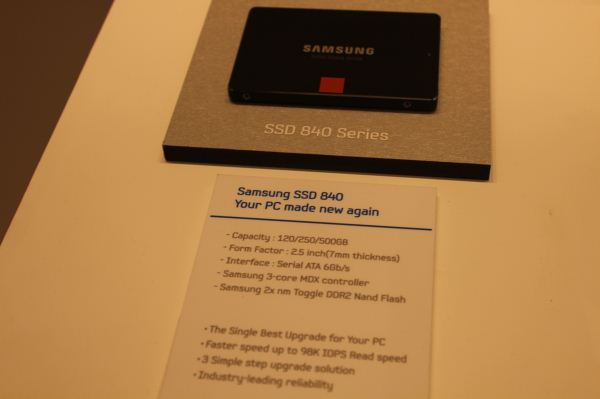



 Quote
Quote.jpg)

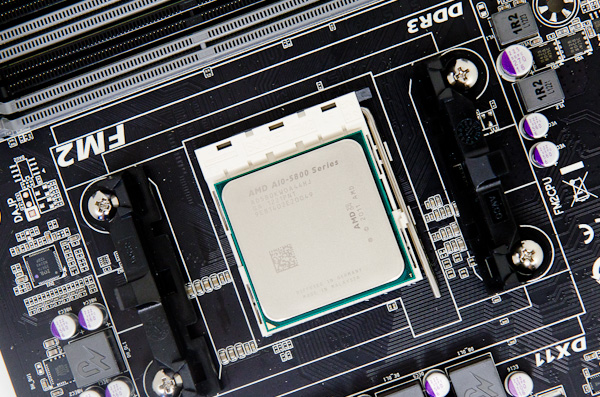
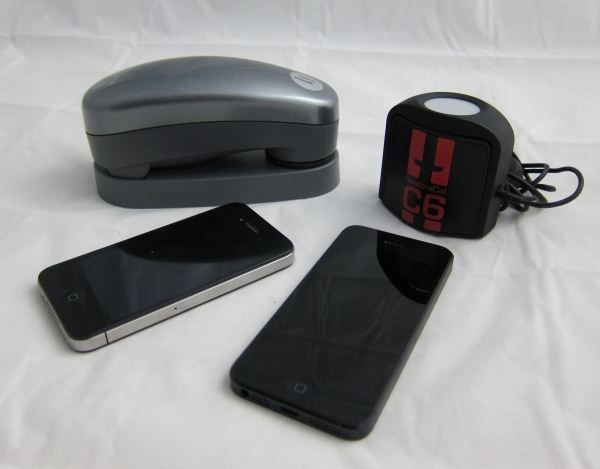
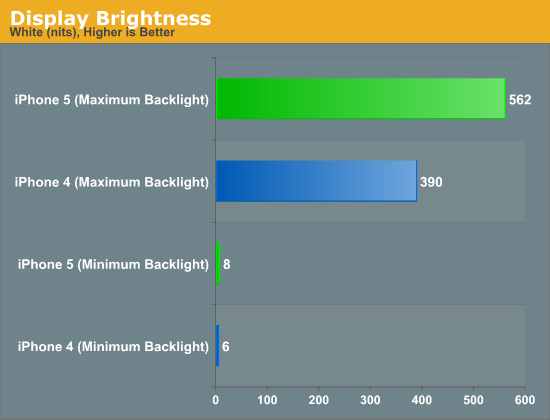

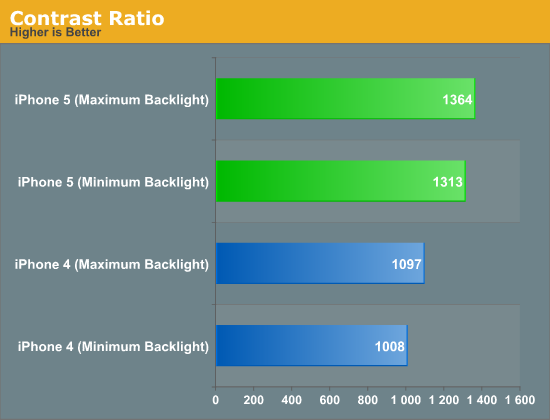
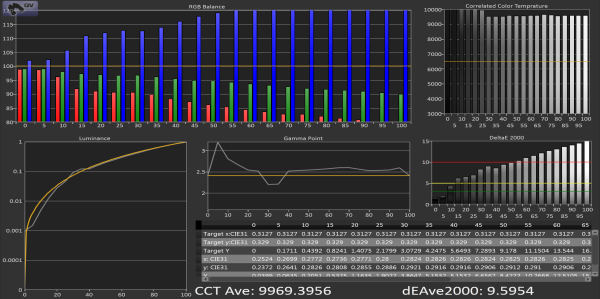





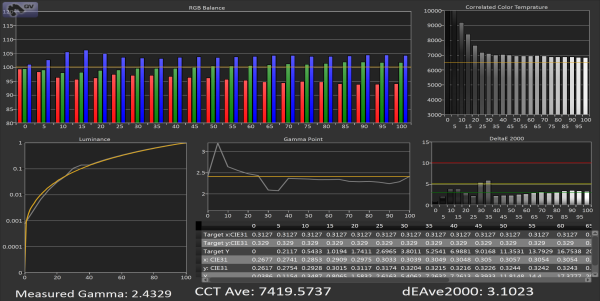





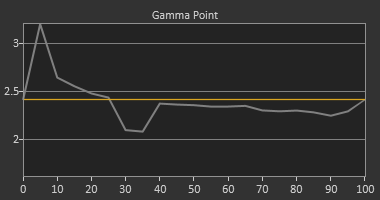
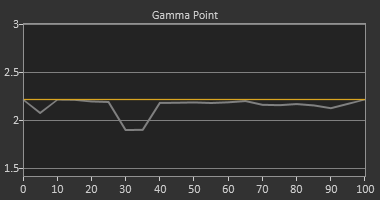
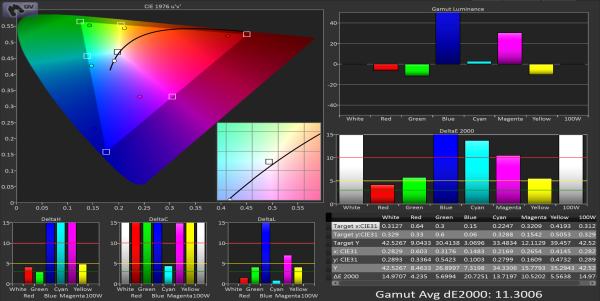



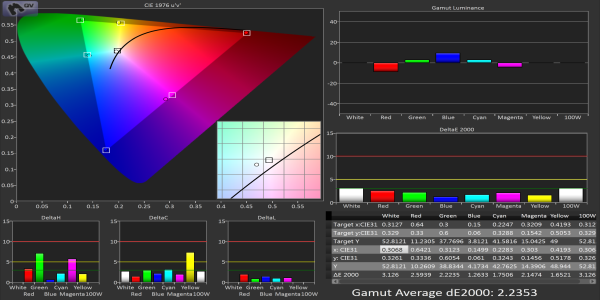


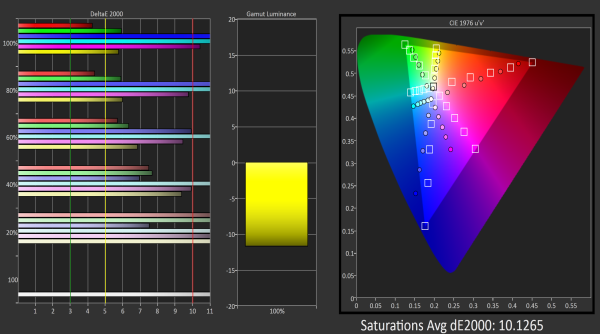






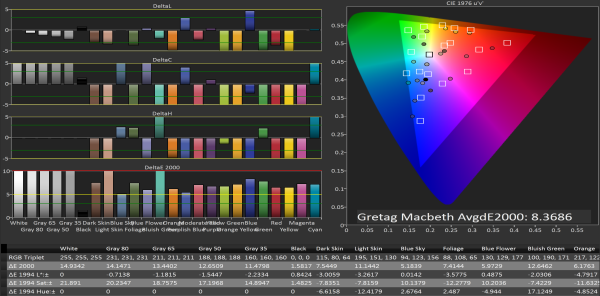





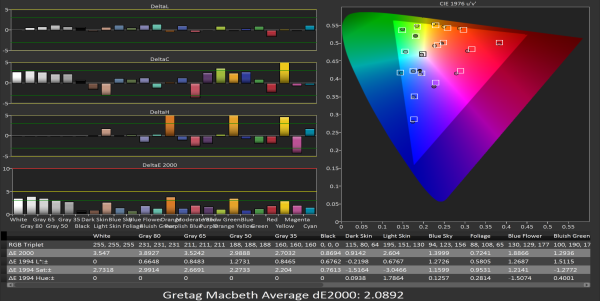





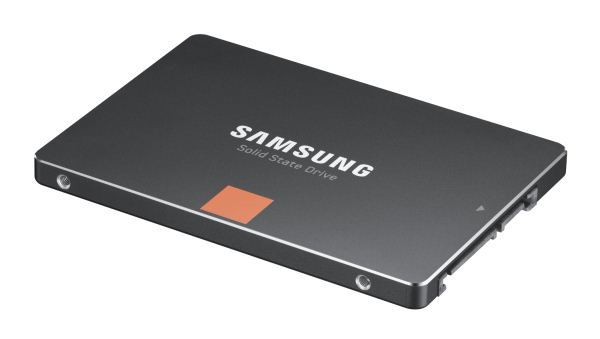
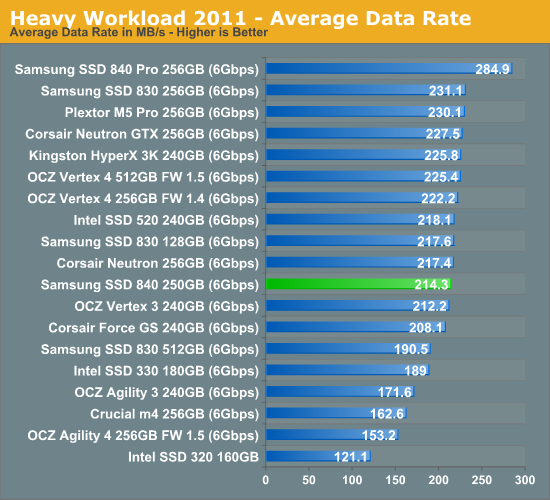


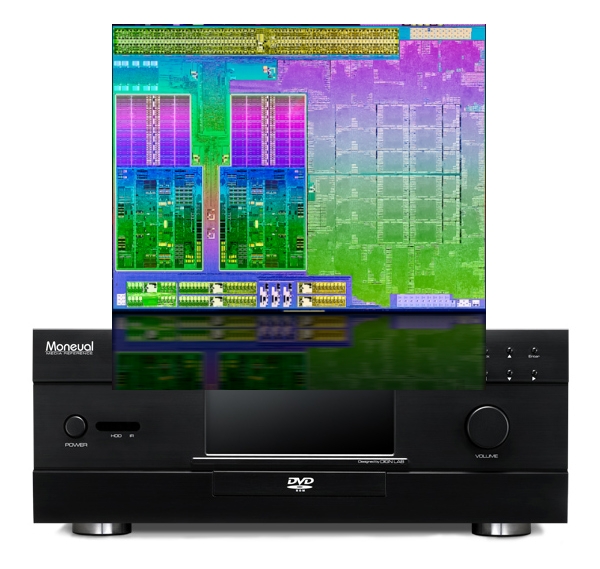
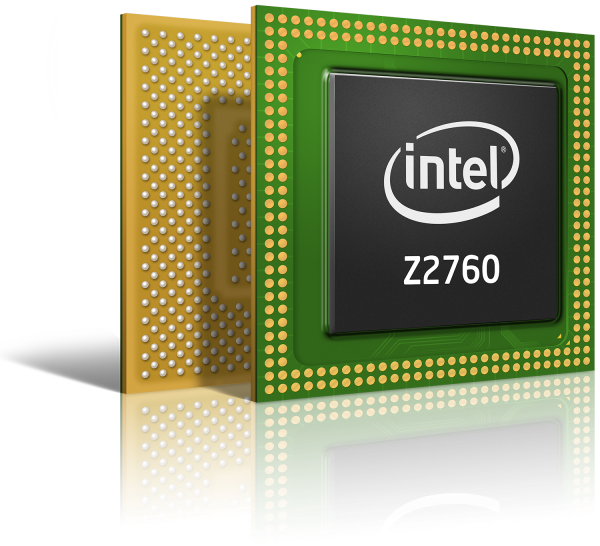
.jpg)
















Bookmarks